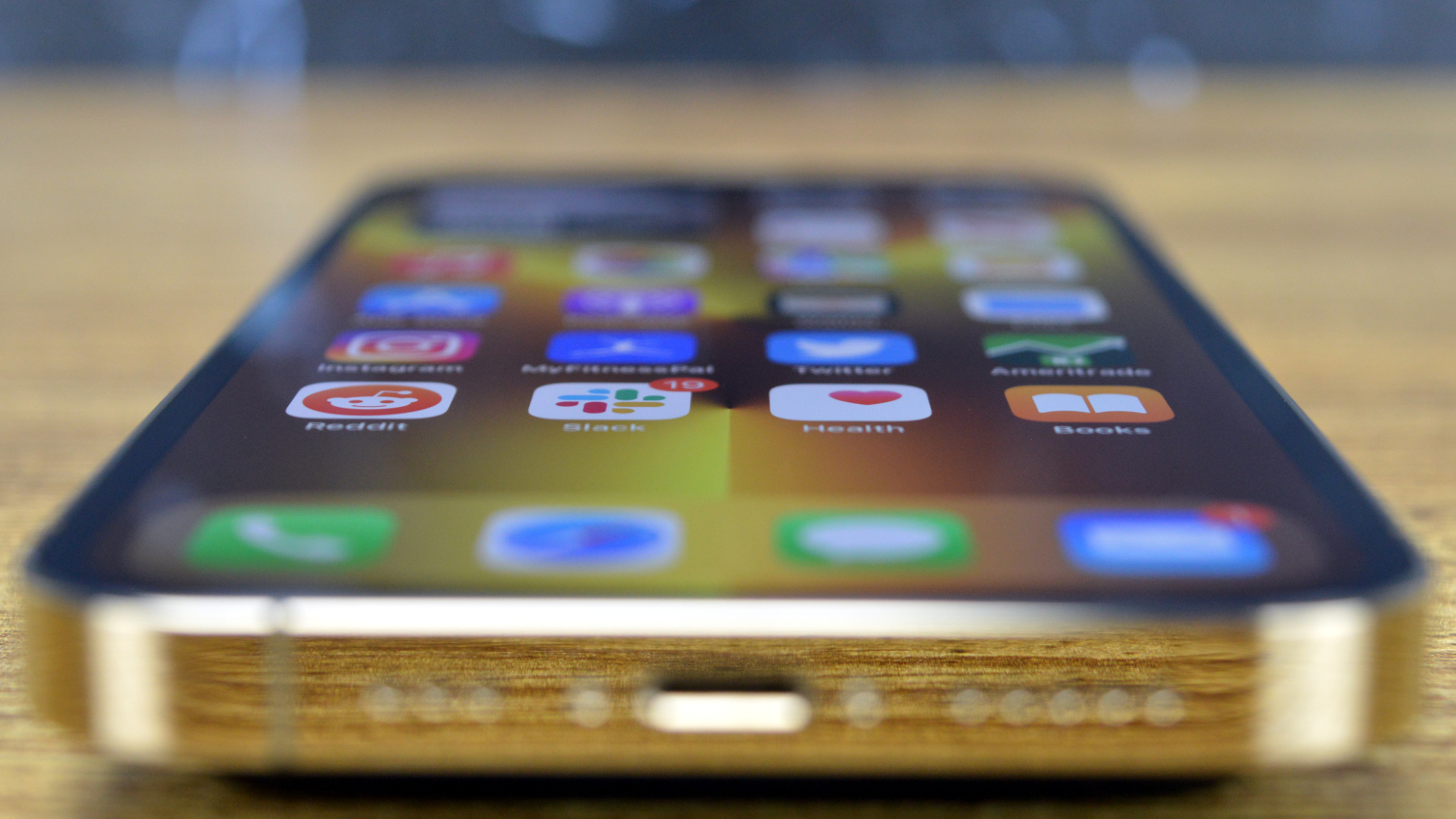The South Korean government passed the Telecommunications Business Act about a year ago, a new law that forces companies like Apple and Google to provide third-party payment systems in iPhone and Android apps. Last November, Google made it possible for developers to charge for digital content on Android via third-party systems. It took Apple longer to deploy its own third-party payment system for iPhone apps in the country. But the iPhone maker just announced support for third-party payment systems for apps sold in Korea.
What is the new StoreKit External Purchase Entitlement?
While the new law should theoretically improve competition and allow developers to take advantage of lower commissions, iPhone and iPad owners shouldn’t get too excited.
Like Google, Apple will still take commissions for all app sales in Korea, regardless of whether it also processes the payment or not. And, like Google, developers might save only 4% for apps sold in the country. But they’ll still have to pay commissions to the third-party payments processor they choose to replace Apple.

Apple announced the changes on Thursday, setting up a page that explains the new StoreKit External Purchase Entitlement feature. This entitlement is available only for apps sold in South Korea, allowing developers to choose a third-party payments processor.
Developers who sell their iPhone apps internationally will have to create two versions of the same app if they want to take advantage of third-party payments. The international app will continue to work using Apple’s payment processing system. Only the iPhone app for Korea can show a third-party payments option.
How paying for iPhone apps in Korea will work
If developers continue using Apple’s App Store payment system, they don’t have to make any changes to their apps.
Those who want to implement the new iPhone app payments option in Korea will have to jump through several hoops to get it done.
First, Apple will continue to approve apps to the App Store. That includes approving the payment processor a developer might choose. And Apple will continue to collect 26% of all revenue an app generates. But it’ll be up to the developers to report to Apple sales states and pay the commissions.
Secondly, developers can’t offer both payment systems in iPhone apps. They have to choose between Apple’s and a third-party one.

As for the new in-app purchasing experience on iPhone, apps in South Korea will have to inform users that they’re about to pay for content via a third-party system that’s not tied to Apple. As seen above, Apple provides an actual example of what the app will have to tell the user.
There are big downsides to choosing a third-party payment system for iPhone apps sold in South Korea. Apple will not handle refunds, payment history, subscription management, and other issues. Family Sharing will not work on those apps, as Apple will not be able to verify payments.
Finally, the iPhone app notice above will inform buyers in Korea that Apple won’t be responsible for “the privacy or security of transactions” made with the developer.
All these are reasons to favor Apple’s App Store payments system. But it’ll be up to developers and shoppers in Korea to decide.
More Apple coverage: For more Apple news, visit our iPhone 14 guide.








